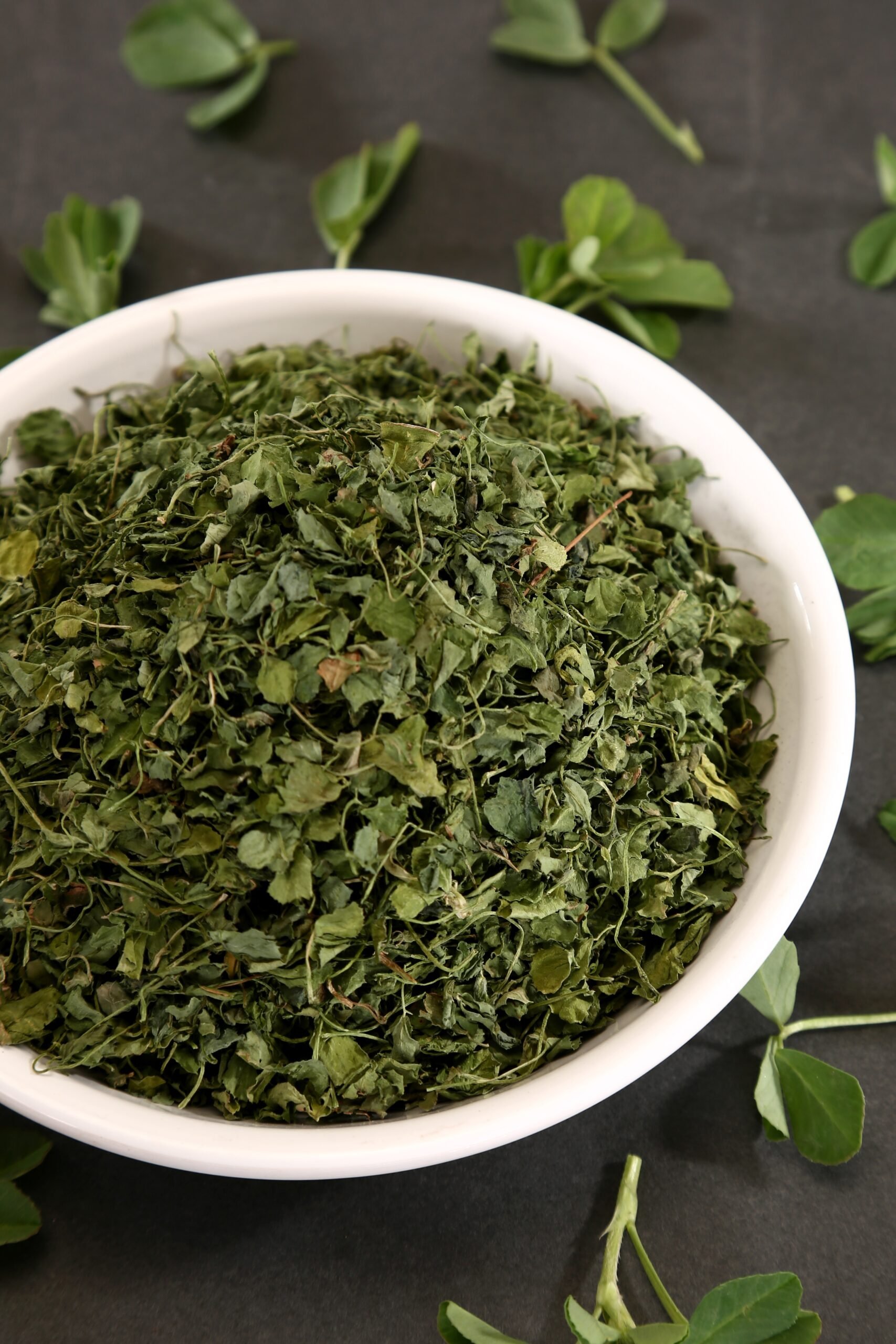
It doesn’t come in a fancy jar or have a trendy name, but kasuri methi might just be the leafy secret weapon your pantry’s been waiting for.
You’ll find it crushed in spice cabinets, folded into dough, or sprinkled into gravies — but rarely does it get the spotlight it truly deserves. These dried fenugreek leaves may look simple, but their presence in the kitchen has a way of transforming even the most ordinary dishes.
Loved across many cuisines and cherished for its versatility, kasuri methi brings more than just tradition to the table. From its roots in Indian home cooking to its growing popularity in global kitchens, this leafy wonder has quite a story to tell — and a few tricks up its sleeve.
What Is Kasuri Methi?
Kasuri methi refers to dried fenugreek leaves — a kitchen staple made by drying the fresh leaves of the Trigonella foenum-graecum plant. Unlike the seeds of the same plant (which are golden, hard, and bitter), the leaves have a milder, herb-like character.
Named after the region of Kasur in Punjab, where it was traditionally dried and used, kasuri methi is now a pantry essential in many homes. It’s usually crushed before being added to dishes, lending a gentle depth that complements both vegetarian and meat-based recipes.
You’ll typically find it sold in paper pouches or spice jars — light, flaky, and easy to store. And though it's small in quantity, a little goes a long way when it comes to flavor and function.
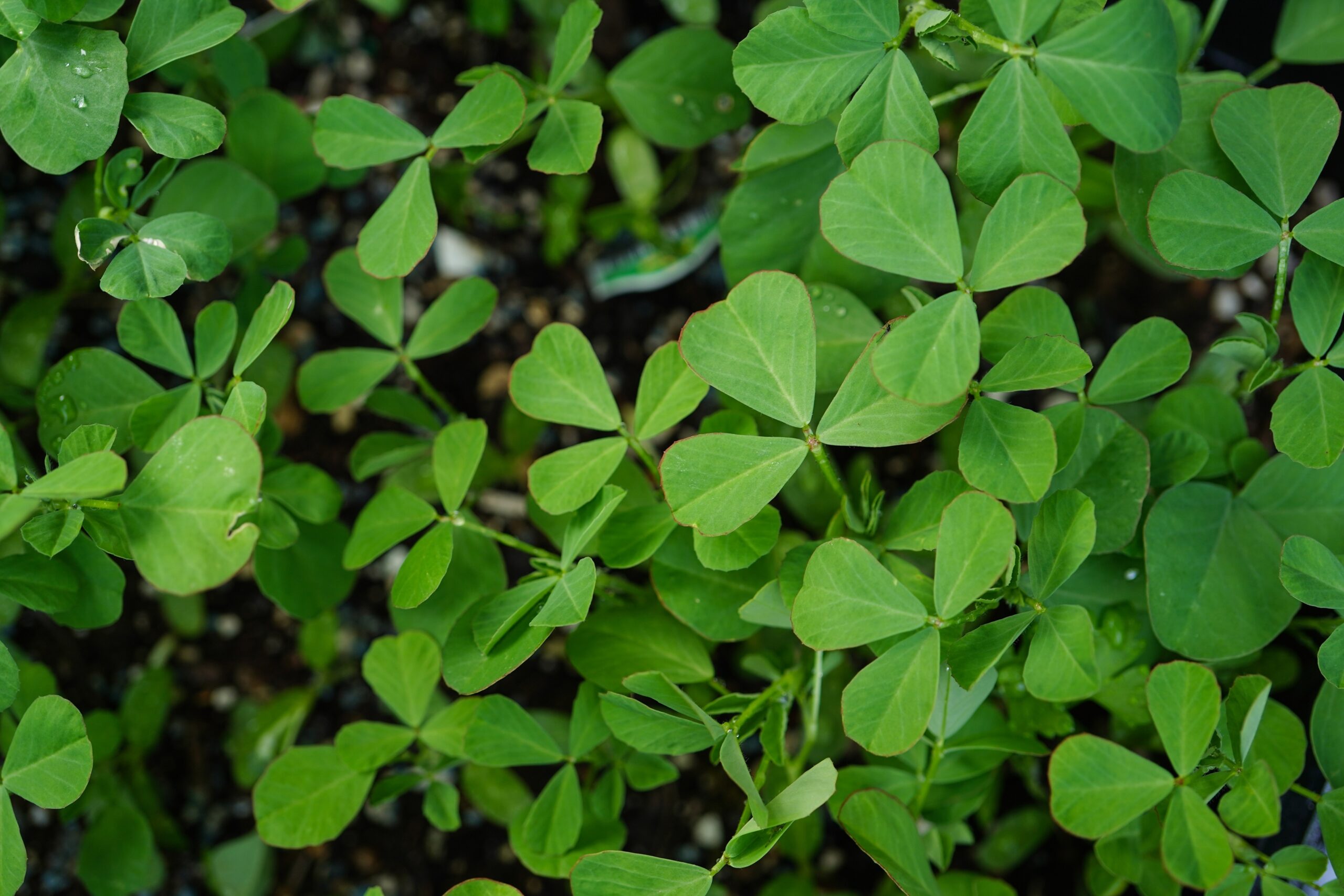
What It Tastes Like?
Kasuri methi has a bold, slightly bitter taste with a hint of earthiness — think of it as a flavor that sits somewhere between celery leaves and toasted maple. When used right, it doesn’t overpower a dish but adds a subtle, grown-up complexity that lingers nicely.
Some describe it as nutty, others say it has a faint sweetness once cooked — either way, it adds a deep, savory punch that makes curries, flatbreads, and even snacks taste more “complete.” It's the kind of flavor that makes people wonder what your secret ingredient is.
Kasuri Methi at a Glance
- Also known as
- dried fenugreek leaves
- Flavor
- earthy, slightly bitter, hint of maple
- Best for
- curries, breads, spice blends
- Shelf life
- 6–12 months
Culinary Uses Around the World
Kasuri methi may have started in Indian kitchens, but its versatility has made it a quiet favorite in global cooking. Here's how it's used around the world:
-
India:
Crushed and added to curries like butter chicken, dal, or shahi paneer for a rich, herby finish. Also kneaded into dough for parathas and theplas. -
Middle East:
Occasionally mixed into spice blends or stews to bring depth to lentils, beans, and braised meat dishes. -
Western kitchens:
Gaining popularity in fusion recipes — used to season roasted potatoes, top flatbreads, or even stir into dips like hummus and yogurt sauces. -
Contemporary culinary trends:
Experimental chefs are blending it into burger patties, savory muffins, and artisanal crackers for a punch of herbal umami.
Cooking With Kasuri Methi
Kasuri methi is one of those ingredients where a little goes a long way. You don’t need heaps of it — just a small pinch can round out the flavor of a dish beautifully.
Here’s how to get the best out of it in your kitchen:
-
Crush before using:
Rub the dried leaves between your palms before adding — it releases more aroma and blends better into dishes. -
Add it near the end:
Toss it in during the final few minutes of cooking to keep its flavor intact. Overcooking can dull its impact. -
Balance the bitterness:
If you’re new to kasuri methi, start small. Too much can overpower delicate flavors, especially in milder dishes. -
Pair it smartly:
It works wonders with creamy gravies, tomato-based sauces like Tikka Masala Sauce, grilled meat rubs, and doughs for flatbreads.
It’s an easy upgrade for everyday meals — one pinch and suddenly your dinner tastes like it took a lot more effort.
Creative Ways to Use Kasuri Methi Outside Traditional Cuisine
Kasuri methi isn’t just for curries and flatbreads — its bold, herby flavor makes it a surprisingly versatile ingredient beyond traditional cooking. If you're feeling adventurous, here are some creative ways to give everyday dishes a gourmet twist:
-
Homemade Herb Butter:
Mix crushed kasuri methi into softened butter with garlic and a pinch of salt. Use it on toast, pasta, or roasted veggies. -
Savory Oatmeal or Eggs:
Stir a pinch into your morning scrambled eggs, omelet, or savory oats. It adds depth without overpowering the dish. -
Creamy Dips and Spreads:
Add it to yogurt-based dips, cream cheese, or hummus. It lends a subtle, earthy complexity that pairs well with crackers or pita. -
Roasted Snacks:
Toss roasted chickpeas, nuts, or popcorn with olive oil, chili powder, and a sprinkle of kasuri methi for a snack with serious attitude. -
Gourmet Seasoning Mix:
Combine it with garlic powder, smoked paprika, and sea salt to make a DIY herb rub for grilled meats or veggies.
Kasuri methi doesn’t just play well with Indian flavors — it thrives when given the freedom to roam.
Kasuri Methi in Traditional Remedies
Before it became a secret weapon in modern cooking, kasuri methi had a solid place in grandma’s cabinet of home cures. These dried fenugreek leaves were often used in everyday remedies — not for serious ailments, but for those small discomforts life throws at you.
-
For post-meal relief:
Steeping a few crushed leaves in hot water was a go-to trick to ease bloating or sluggish digestion after heavy meals. -
To calm irritated skin:
A paste made from kasuri methi and water was sometimes applied to minor rashes or dry patches to soothe the skin. -
For flaky scalp:
When soaked overnight and used as a rinse, it was believed to help with mild dandruff and scalp dryness. -
Warm compress helper:
In some households, kasuri methi water was used in warm cloth compresses to gently ease cramps or minor aches.
These uses may not be backed by modern science, but they reflect a deep trust in natural solutions — the kind passed down quietly from one generation to the next.

Flavor Pairings
Kasuri methi has a bold, earthy profile that plays well with rich, creamy, and spicy flavors. When used in small amounts, it doesn’t dominate — it enhances.
-
Creamy bases:
It pairs beautifully with cream, yogurt, paneer, or buttery gravies. A small pinch can balance out richness with a slightly bitter edge. -
Tomato and onion:
These two ingredients are natural partners. Kasuri methi brings depth and a hint of complexity to tangy tomato or caramelized onion sauces. -
Warm spices:
It works well with cumin, coriander, turmeric, and garam masala — all part of the same flavor family but with their own unique roles. -
Smoky or grilled dishes:
Add it to marinades or finishing rubs for grilled meats or roasted veggies. Its flavor deepens when paired with char or smoke. -
Lentils and legumes:
A dash into lentil soups or bean stews rounds out the earthiness and makes the dish feel more layered.
Kasuri Methi Substitutes
Ran out of kasuri methi mid-recipe? Don’t worry — there are a few handy swaps that can mimic its flavor, at least partly.
-
Fresh fenugreek leaves (methi):
The closest match. Just remember to use more, as fresh leaves are milder. Sauté briefly before adding to dishes. -
Celery leaves:
They don’t taste the same, but their slight bitterness and herbal notes can work in a pinch, especially in soups or breads. -
Fenugreek seeds (lightly crushed):
Use very sparingly — they’re more bitter and intense. Toast them first to mellow the flavor. -
Dried mustard greens or kale flakes:
Earthy and herbaceous, they can offer a similar backbone in stews or lentil dishes, though the profile will shift slightly.
No substitute can fully match the flavor of kasuri methi, but these options can help you stay on track without sacrificing too much taste.
How to Store It Right
Kasuri methi might be dry and crumbly, but it still needs a bit of care to keep its flavor fresh.
-
Use an airtight container:
Once opened, transfer it from paper pouches to a glass jar or airtight tin to keep out moisture and air. -
Keep it cool and dark:
Store it in a cupboard away from direct sunlight, heat, or steam — the kind that sneaks in near stovetops. -
Avoid the fridge:
Refrigeration can introduce moisture, which weakens the flavor and shortens shelf life. -
Use within 6–12 months:
While it doesn’t exactly spoil, kasuri methi starts losing its aroma over time. If it smells faint or dusty, it’s probably time to refresh your stash.
Nutritional Value (Per Tablespoon or Gram)
Kasuri methi is typically used in small quantities, but even a tablespoon can offer a gentle nutritional boost. Here's a general breakdown based on 1 tablespoon (about 5 grams) of dried kasuri methi:
-
Calories: ~13 kcal
-
Protein: ~1 gram
-
Fiber: ~2 grams
-
Carbohydrates: ~2.5 grams
-
Fat: ~0.3 grams
-
Iron: ~10% of the daily recommended intake
-
Calcium: ~2–3% of the daily recommended intake
-
Magnesium & Potassium: Present in small, beneficial amounts
These values can vary slightly depending on the brand and how finely the leaves are crushed, but they give you a general idea of what you’re adding to your food.
Health Benefits of Kasuri Methi
Kasuri methi isn't just a flavor enhancer — it may also offer small but meaningful health benefits when used regularly as part of a balanced diet.
May Support Digestive Health
Kasuri methi contains dietary fiber, which may help promote smoother digestion and relieve occasional bloating or discomfort. It’s often used in home remedies as a gentle digestive aid (Source).
Can Help Manage Blood Sugar Levels
Early research suggests that compounds in fenugreek leaves may help regulate blood sugar levels by improving insulin sensitivity. This makes it a potential ally for people monitoring glucose levels (Source).
May Aid in Reducing Cholesterol
Kasuri methi may help lower LDL (bad cholesterol) levels while supporting heart health (Source).
Can Promote Lactation in New Mothers
Fenugreek leaves may support milk production in breastfeeding women. However, professional medical advice is still recommended (Source).
May Have Anti-inflammatory Properties
Its natural plant compounds may help reduce mild inflammation in the body, contributing to overall wellness when consumed regularly (Source).
Remember, these benefits are tied to moderate, consistent use and should not replace medical treatment or advice.
Potential Health Risks of Kasuri Methi
While kasuri methi is generally safe when used in small amounts for cooking, it may cause issues for certain individuals — especially when consumed in large quantities or used medicinally.
May Trigger Allergic Reactions
Some people may experience allergic symptoms such as nasal congestion, skin irritation, or digestive discomfort after consuming fenugreek leaves (Source).
Can Affect Blood Sugar Levels
Since kasuri methi may help lower blood sugar, people with diabetes should use it cautiously, especially if already on medication. It can sometimes lead to hypoglycemia (Source).
May Interact with Medications
Fenugreek leaves can interfere with medications that affect blood clotting or blood sugar, so it’s best to consult a healthcare provider before using it therapeutically (Sources 1, 2).
Can Cause Digestive Upset in Large Amounts
Overconsumption may lead to gas, bloating, or a slightly bitter aftertaste that lingers longer than expected (Source).
As with any herb, moderation is key. For general seasoning, kasuri methi is perfectly safe — just avoid going overboard or treating it like a supplement without guidance.
Final Thoughts
Kasuri methi might not have the star power of saffron or the punch of chili, but it quietly transforms whatever it touches. From adding depth to your dishes to finding a spot in self-care rituals and traditional remedies, this dried leaf proves that small ingredients can have a big impact.
Whether you’re a seasoned cook or just experimenting with flavors, a pinch of kasuri methi is worth keeping close. It’s simple, versatile, and full of character — just like the best home-cooked meals.
FAQ
Is kasuri methi the same as fenugreek seeds?
No. Kasuri methi is made from the dried leaves of the fenugreek plant, while fenugreek seeds are small, hard, and golden-brown. The seeds are more bitter and are usually used whole or ground in spice blends, whereas the leaves have a milder, herbal flavor.
Can I substitute fresh methi leaves for kasuri methi?
Yes, but you’ll need to use more — roughly three times the amount. Fresh leaves are milder and have a brighter, greener flavor. Lightly sauté them before adding to your dish to remove excess moisture and deepen the taste.
Does kasuri methi go bad?
It won’t spoil in the usual sense, but its aroma and flavor fade over time. For the best taste, store it in an airtight container away from heat and light, and use within 6–12 months. If it smells faint or dusty, it’s time to replace it.
Is kasuri methi healthy?
In small, regular amounts, it can add a bit of fiber, iron, and antioxidants to your diet. Some studies suggest it may help digestion, blood sugar, and cholesterol levels — but it should be enjoyed as a seasoning, not taken as a medical treatment.
Where can I buy kasuri methi?
You can find it in most Indian or South Asian grocery stores, in the spice section of larger supermarkets, and online. It’s often sold in small paper pouches or plastic spice jars.


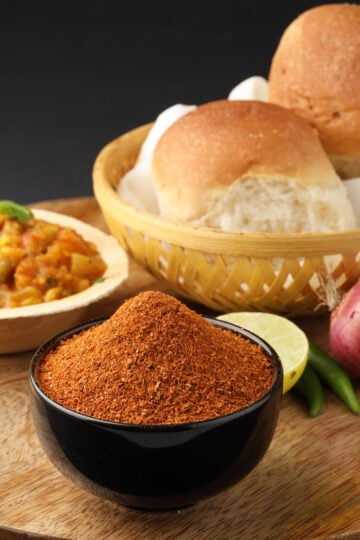
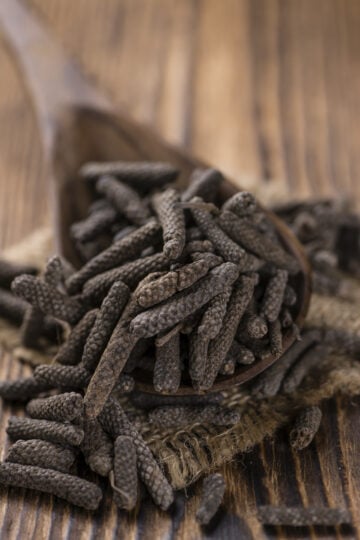
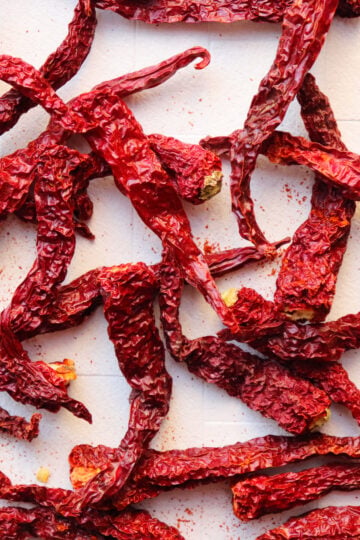
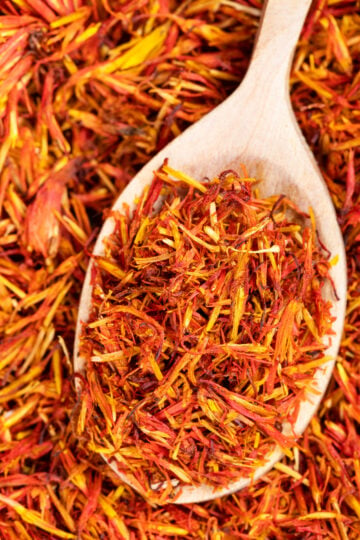
Have a question or something to share? Leave a comment below!